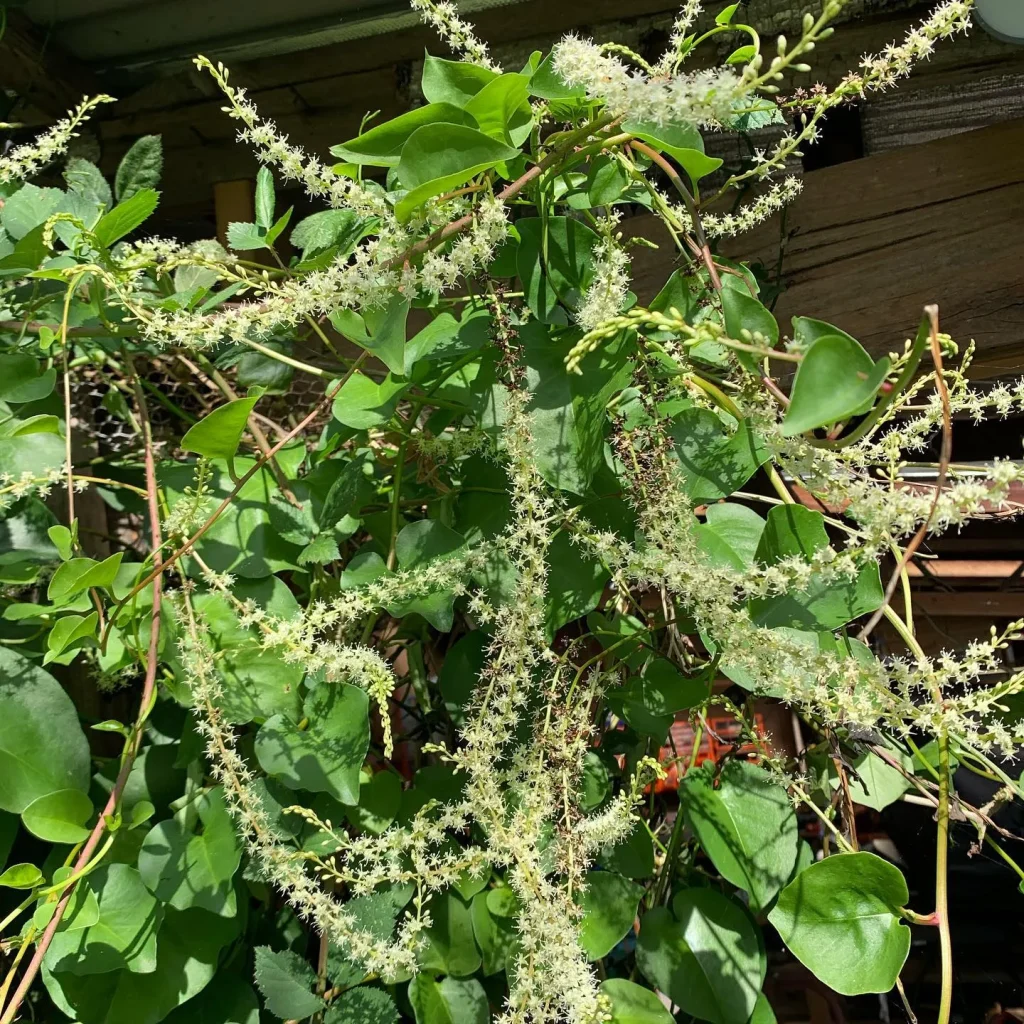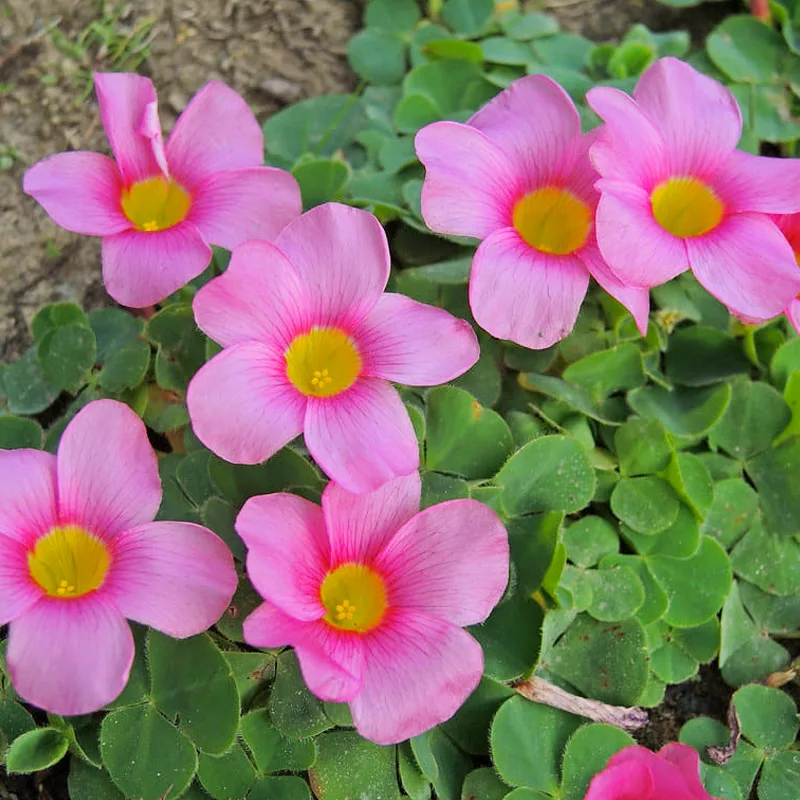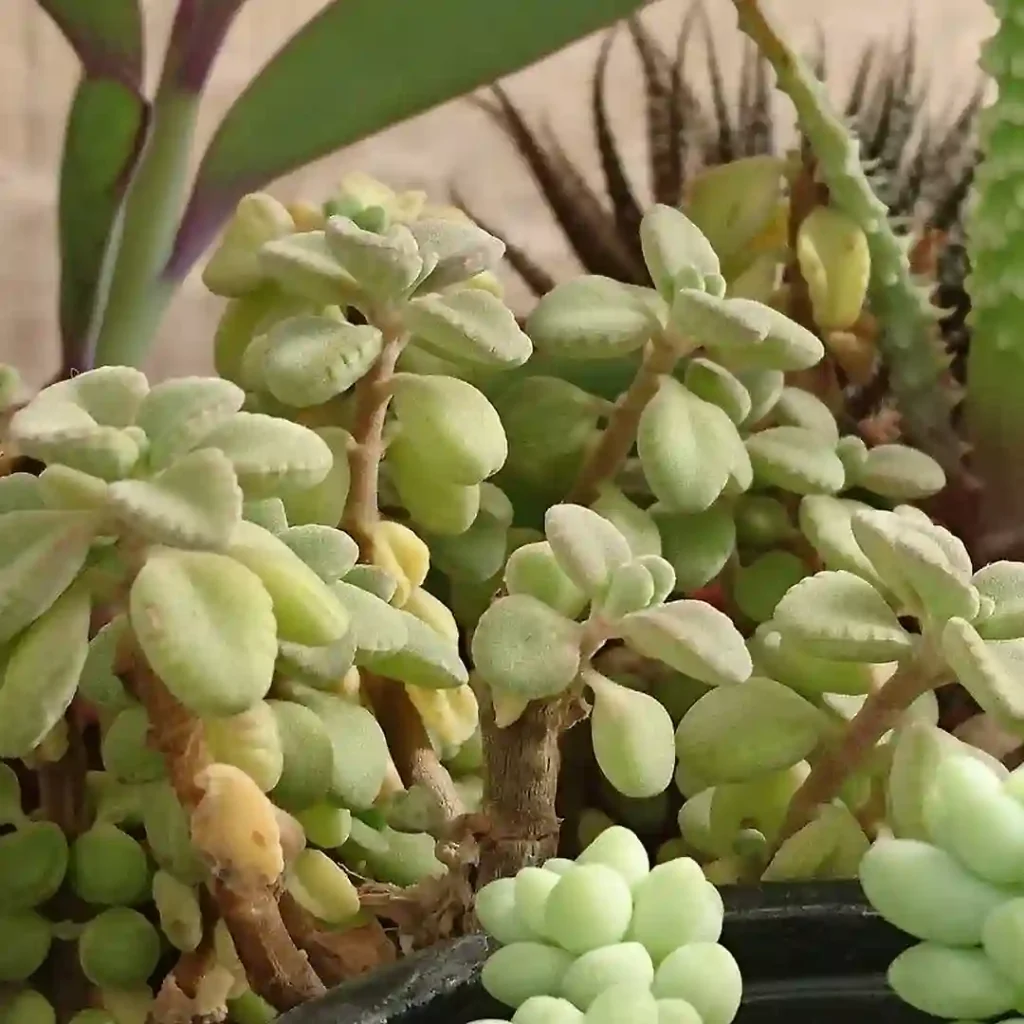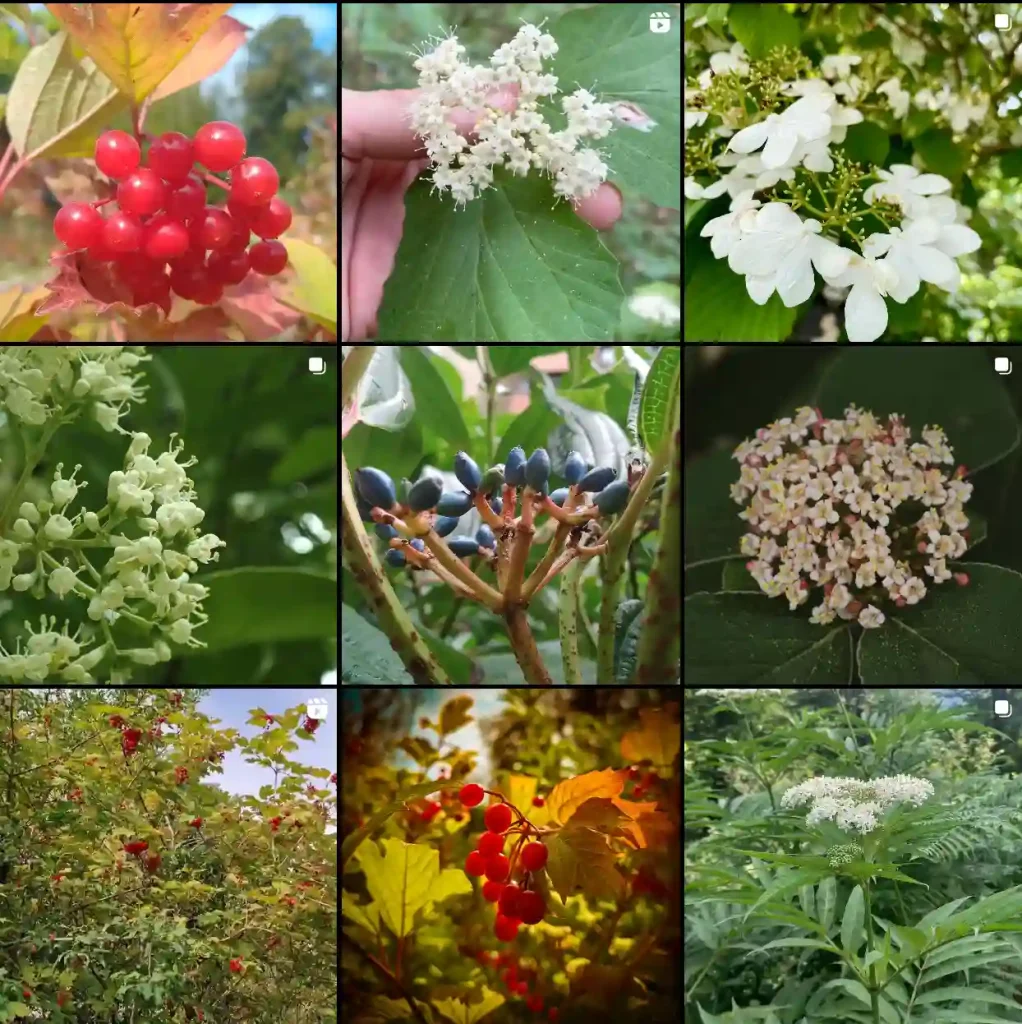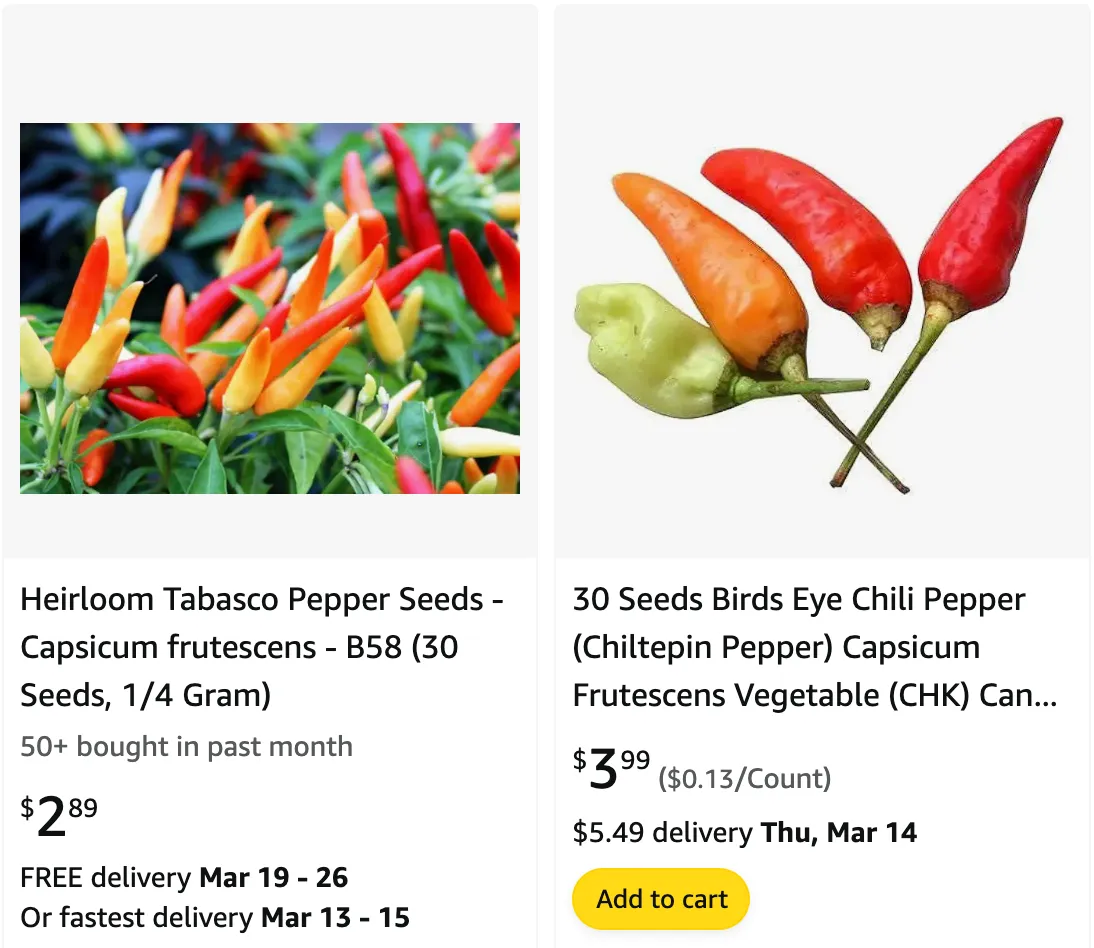
Discovering the Wonders of Capsicum frutescens
Hello, I’m Ferb Vu, and today I want to share with you my fascination with a particular plant that has intrigued me for quite some time: Capsicum frutescens. This remarkable species, known for its spicy fruit, offers more than just a fiery kick. Let’s delve into the details and explore everything you need to know about Capsicum frutescens.
43 Species in Genus Capsicum
What is Capsicum frutescens?
Capsicum frutescens is a species of chili pepper that belongs to the Solanaceae family. This plant is well-known for its small, fiery peppers that pack a punch in terms of heat. Native to Central and South America, Capsicum frutescens has spread across the globe, thriving in warm, tropical, and subtropical climates. The plant is characterized by its bushy growth, bright green leaves, and clusters of small, upright peppers that turn from green to red as they mature.
Capsicum Frutescens vs Annuum
I’ve grown both Capsicum frutescens and Capsicum annuum, and they each have their own unique quirks. Capsicum frutescens, often known for its small, fiery peppers, has a more intense heat that really stands out in dishes. I found the plants themselves to be quite compact and bushy, which made them easy to fit into smaller garden spaces. On the other hand, Capsicum annuum, with its larger and more varied fruit shapes, offered a bit more versatility in terms of flavor and heat level. The plants were taller and needed staking, but they produced a generous harvest. Personally, I prefer Capsicum annuum for its range of flavors and the ease of harvesting larger peppers.
Does Capsicum frutescens contain solanine?
Solanine is a glycoalkaloid poison found in some members of the Solanaceae family, particularly in potatoes and tomatoes. However, Capsicum frutescens does not contain solanine. Instead, its primary active compound is capsaicin, which is responsible for the heat in the peppers. Capsaicin is safe for consumption in moderate amounts and has various health benefits, including pain relief and improved metabolism.
Have you tried capsaicin in Capsicum frutescens?
Yes, I have! As someone who enjoys experimenting with different flavors and cuisines, I can attest to the unique and potent kick that Capsicum frutescens brings to dishes. The capsaicin in these peppers provides an intense heat that can elevate a simple meal to a whole new level. I often use them in salsas, hot sauces, and even marinades to add that extra zing. The sensation of heat from capsaicin can be quite addictive, making every bite an exhilarating experience.
How to grow Capsicum frutescens?
Growing Capsicum frutescens is a rewarding endeavor, especially if you enjoy gardening and spicy foods. Here are some steps to get you started:
- Choose the Right Location: Capsicum frutescens thrives in full sunlight and well-drained soil. Select a spot in your garden that receives at least six hours of sunlight daily.
- Sow the Seeds: Start the seeds indoors about 8-10 weeks before the last expected frost. Plant them in seed trays filled with a good quality potting mix. Keep the soil moist and maintain a temperature of around 75-85°F (24-29°C) for optimal germination.
- Transplant the Seedlings: Once the seedlings have developed a few sets of true leaves and the outdoor temperature is consistently above 60°F (16°C), transplant them into your garden or larger pots. Space the plants about 18-24 inches apart.
- Water and Fertilize: Water the plants regularly, keeping the soil consistently moist but not waterlogged. Fertilize every few weeks with a balanced fertilizer to encourage healthy growth and fruit production.
- Harvest: The peppers are ready to harvest when they have reached their full color, usually red. Use scissors or pruning shears to cut the peppers from the plant, being careful not to damage the stems.
Is Capsicum frutescens cayenne pepper?
While Capsicum frutescens includes many varieties, it is not the same as cayenne pepper. Cayenne pepper typically refers to Capsicum annuum, another species within the Capsicum genus. However, some varieties of Capsicum frutescens are quite similar to cayenne in terms of heat and flavor profile. One well-known variety of Capsicum frutescens is the Tabasco pepper, which is widely used in the famous hot sauce.
Where to buy Capsicum frutescens?
Finding Capsicum frutescens is relatively easy, whether you are looking for seeds, plants, or fresh peppers. Here are some places to consider:
- Local Nurseries and Garden Centers: Many nurseries stock a variety of chili pepper plants, including Capsicum frutescens. Check with your local garden centers during the planting season.
- Online Seed Suppliers: Numerous online retailers specialize in heirloom and exotic seeds. Websites like Seed Savers Exchange, Baker Creek Heirloom Seeds, and Johnny’s Selected Seeds offer a range of Capsicum frutescens seeds.
- Farmers’ Markets: During the growing season, farmers’ markets can be a great place to find fresh Capsicum frutescens peppers. Chat with the vendors to learn more about the varieties they grow.
- Ethnic Grocery Stores: Stores that specialize in Latin American or Asian foods often carry fresh and dried Capsicum frutescens peppers.
Exploring the world of Capsicum frutescens has been a delightful journey for me. From its fiery heat to its vibrant growth, this plant has much to offer. Whether you’re a gardening enthusiast or a culinary adventurer, I encourage you to give Capsicum frutescens a try. Its unique flavor and versatility in the kitchen make it a worthwhile addition to any garden or pantry.
If i die, water my plants!
